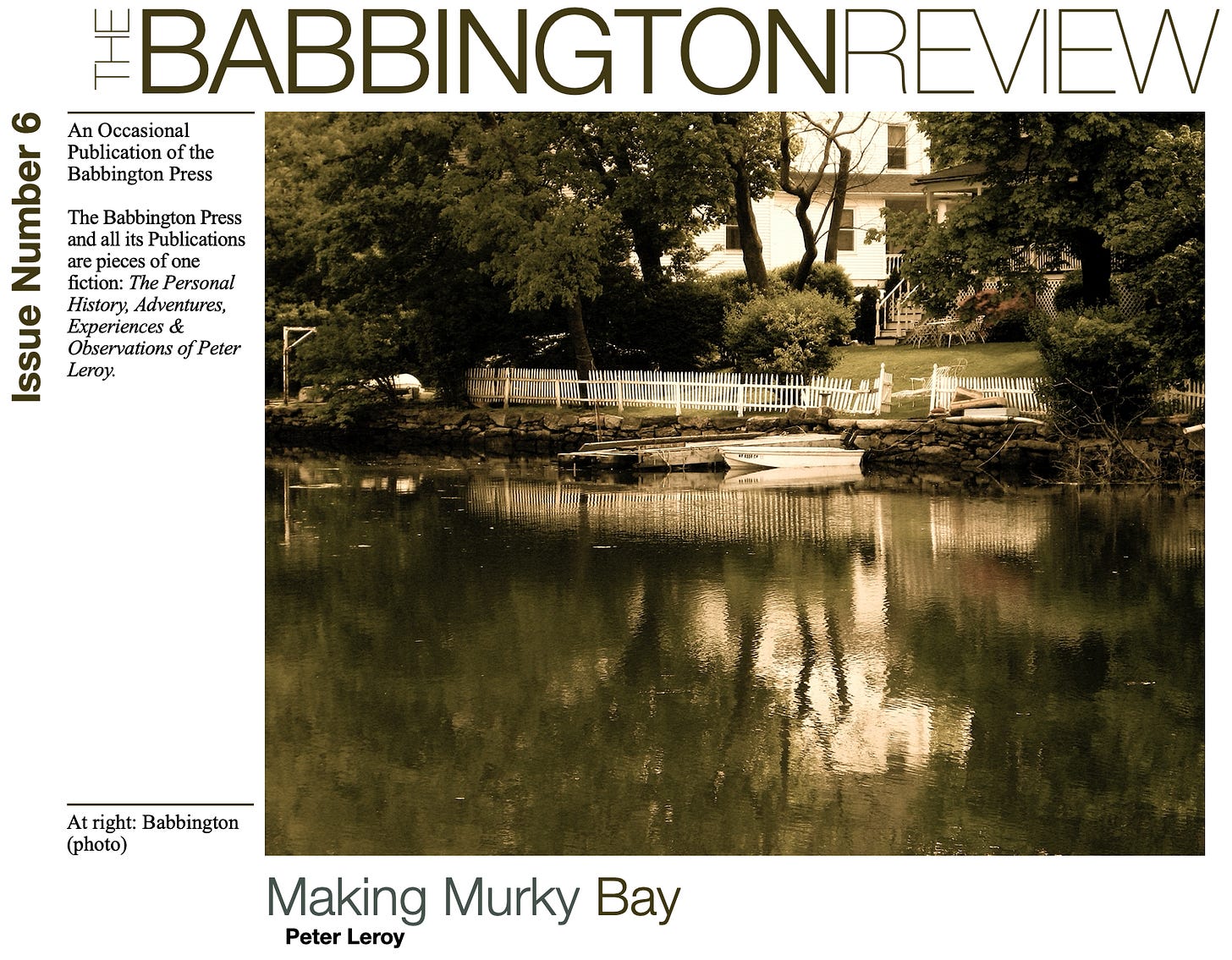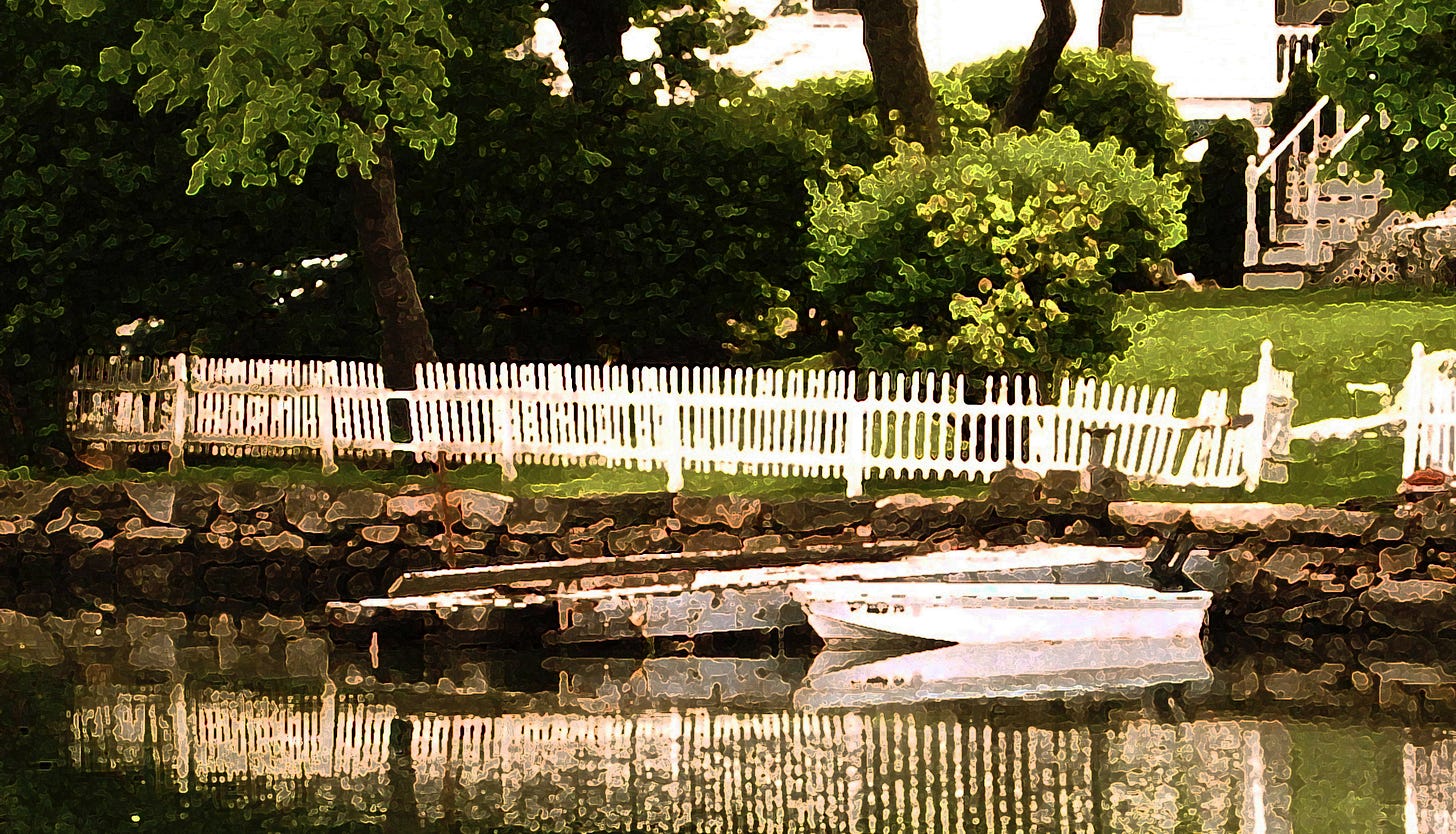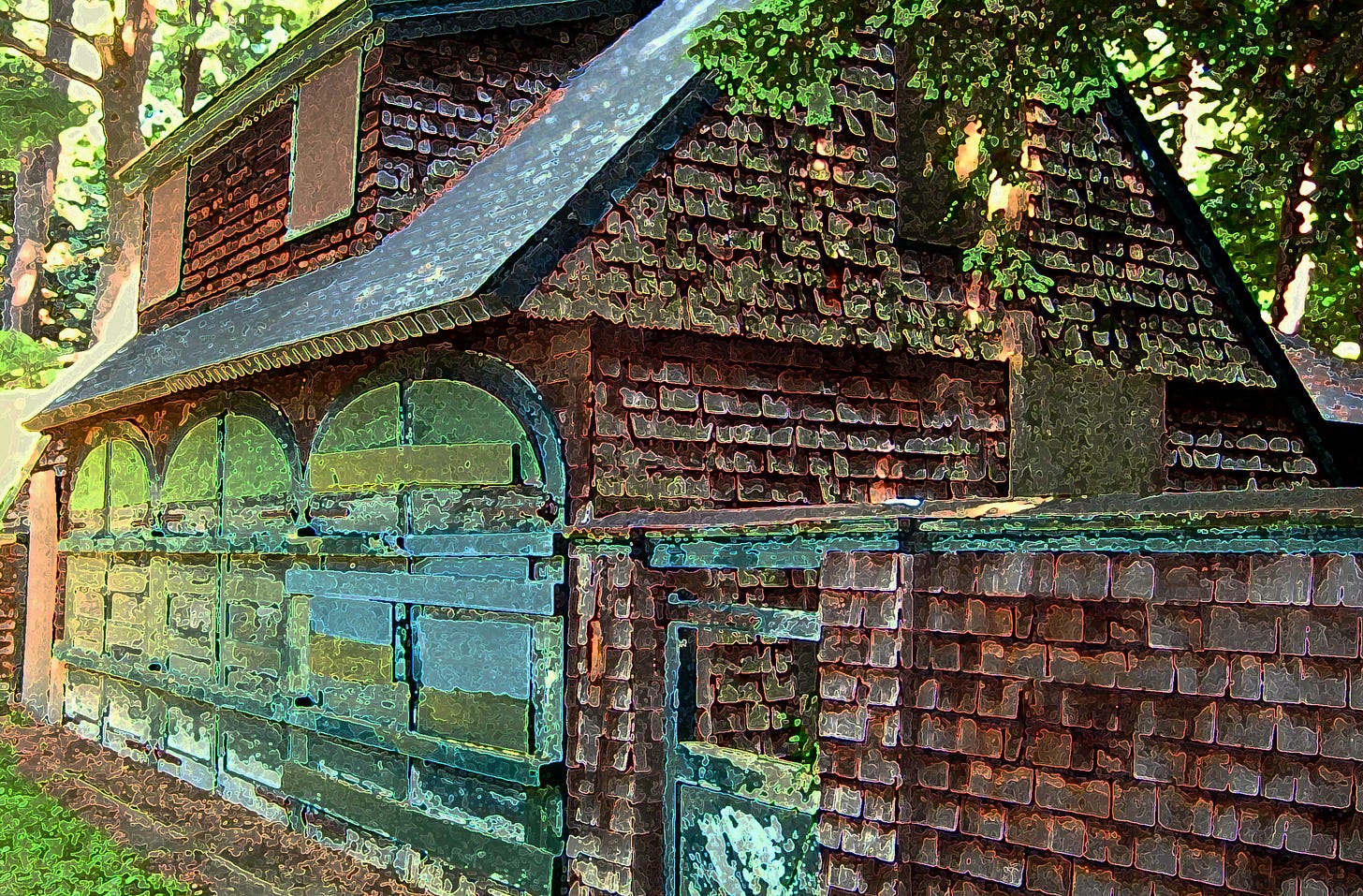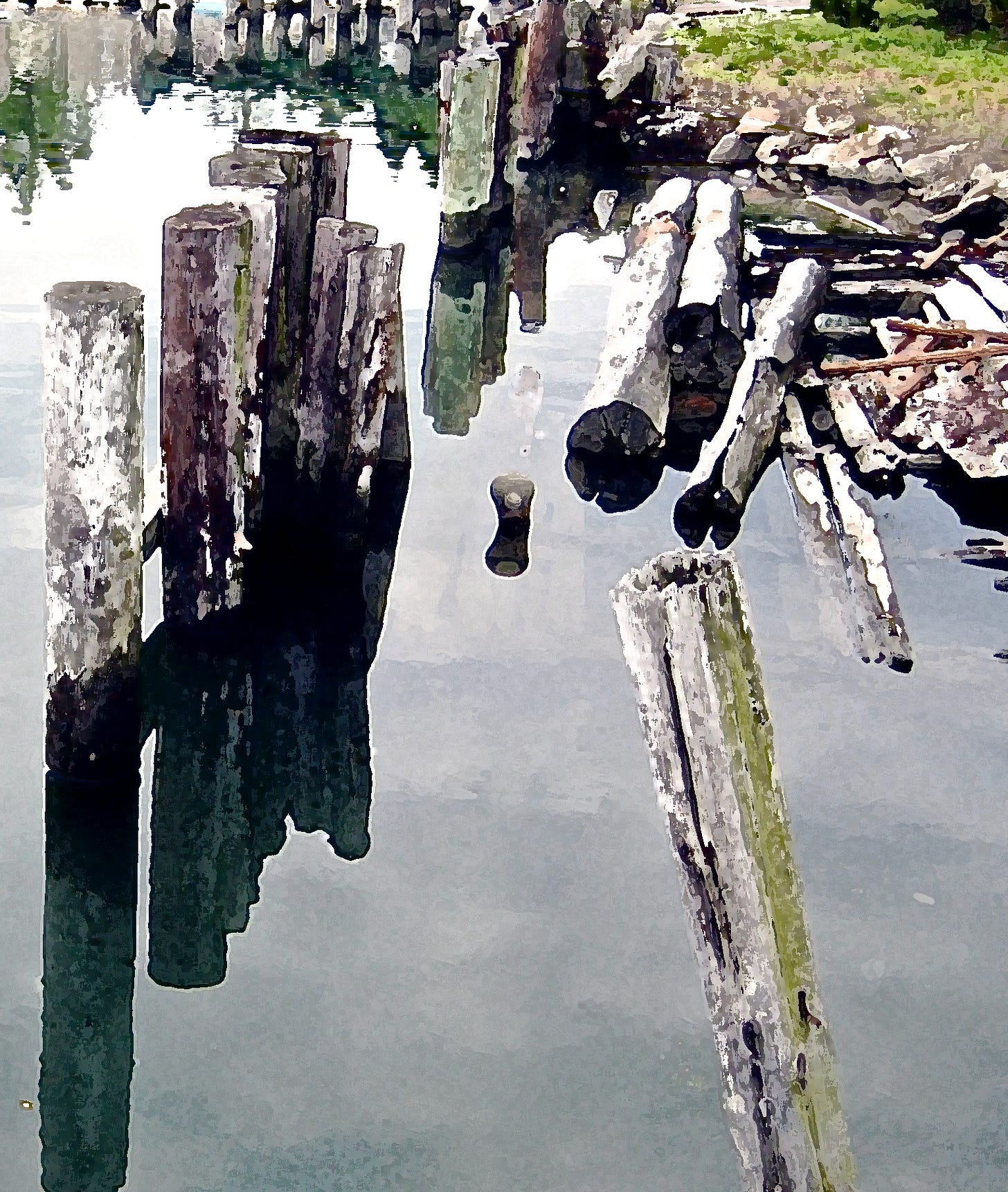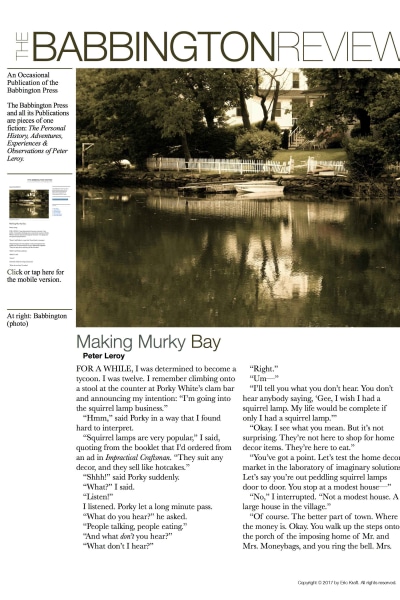FOR A WHILE, I was determined to become a tycoon. I was twelve. I remember climbing onto a stool at the counter at Porky White’s clam bar and announcing my intention: “I’m going into the squirrel lamp business.”
“Hmm,” said Porky in a way that I found hard to interpret.
“Squirrel lamps are very popular,” I said, quoting from the booklet that I’d ordered from an ad in Impractical Craftsman. “They suit any decor, and they sell like hotcakes.”
“Shhh!” said Porky suddenly.
“What?” I said.
“Listen!”
I listened. Porky let a long minute pass.
“What do you hear?” he asked.
“People talking, people eating.”
“And what don’t you hear?”
“What don’t I hear?”
“Right.”
“Um—”
“I’ll tell you what you don’t hear. You don’t hear anybody saying, ‘Gee, I wish I had a squirrel lamp. My life would be complete if only I had a squirrel lamp.’”
“Okay. I see what you mean. But it’s not surprising. They’re not here to shop for home decor items. They’re here to eat.”
“You’ve got a point. Let’s test the home decor market in the laboratory of imaginary solutions. Let’s say you’re out peddling squirrel lamps door to door. You stop at a modest house—”
“No,” I interrupted. “Not a modest house. A large house in the village.”
“Of course. The better part of town. Where the money is. Okay. You walk up the steps onto the porch of the imposing home of Mr. and Mrs. Moneybags, and you ring the bell. Mrs. Moneybags herself answers the door. Go to it.”
“Would you like to buy a squirrel lamp?” I asked hopefully.
“A squirrel lamp?” asked Porky in the role of Mrs. Moneybags. “What on earth is a squirrel lamp?”
“It’s a lamp made out of a stuffed squirrel,” I said enthusiastically.
“That sounds gruesome,” she said, cringing.
“Actually, they’re really cute,” I said. “I should have brought a picture with me—”
“Where do you get these squirrels that you turn into lamps?”
“Oh, just about anywhere. Squirrels are all over the place.”
“And do they just willingly come up to you and ask to be made into lamps?”
I chuckled. “No, of course not. I have to catch them and—”
Mrs. Moneybags stared at me.
“—and—?” she asked sternly.
“Well—”
“Young man, are you are suggesting that I become an accomplice to the abduction and murder of a squirrel?”
“No, no, no. I—ah—I don’t—I—I make my lamps out of squirrels that I find already—ah—deceased. A lot of them get hit by cars.”
Mrs. Moneybags closed her eyes and shook her head slowly, as if in pain.
“What’s wrong?” I asked.
“I’m envisioning a lamp made from a squirrel that met its end beneath the wheel of a car. I’m envisioning the lamp on the piano in the drawing room. I’m beginning to feel ill—”
“Okay. Okay. I get it. I give up.”
“No, no, young man! Don’t give up! Turn away from squirrel lamps, yes, but try something else. Squirrel lamps are not your destiny—but something else is—and you are right to seek it! Continue the quest! Excelsior!”
“Yeah, yeah, yeah. Okay.”
I got off the stool and started to go. After a couple of steps I stopped and turned back toward Porky.
“Thanks,” I said.
“No charge,” he said.
My hopes for several other potential businesses—raising giant frogs, metalizing baby shoes, growing mushrooms in the cellar— withered under the Porky-Moneybags interrogation, so I abandoned the idea of becoming a tycoon, but that left me feeling like a nobody. I had imagined myself as “Peter Leroy, Boy Tycoon,” and, more importantly, I had imagined other people regarding me, admiringly, as “Peter Leroy, Boy Tycoon,” and that had felt good, quite good. Now I was back to just plain “Peter Leroy,, boy of little consequence” and that felt awful. I needed to do something that would show that I was somebody, in the sense of being somebody who is somehow distinguished from everybody else, and when I was honest with myself I admitted that I wanted something that I could do without working too hard at it, so I set out to become an artist.
Without consulting anyone at all this time, I ordered a device that was supposed to enable me to draw without experience, talent, or effort, and I spent some time fooling around with the gadget, but I couldn’t make the damn thing work the way the advertisement had promised it would work. It was, basically, a camera lucida. Light from the subject of a drawing-to-be struck a half-silvered mirror mounted at a forty-five-degree angle in the eyepiece, traveled through a small lens, and then struck the paper where the drawing would be made. The process was meant to create the illusion that an image of the subject was already on the paper, so that all the talentless and inexperienced artist had to do was follow the outlines of that image with his pencil, effortlessly.
I expended a great deal of effort before I could even perceive an image above the paper where I intended to make my drawing, only to find that when I brought my pencil into play, the pencil blocked precisely the part of the image that I wanted to draw. At this point, I have to credit my young self with the virtue of persistence, because I did go on trying to master the thing, but practice did not make perfect. The damned pencil remained in the way, and the drawings I made were gross distortions of the drawings I wanted to make. I was always poking my pencil at an unattainable image.
I turned to tracing to improve the inadequate drawings I made. Tracing paper had always been my friend. I laid a sheet of the paper over a drawing and traced it, trying to improve it as I went along. The result was a drawing that was different from the first, but not what I considered better than the first. I traced the tracing, again trying to improve it as I traced it. This continued. With each retracing of a tracing the result was a drawing further removed from the original. That phenomenon surprised me at the time, but it shouldn’t have; both of my grandfathers had explained to me the dangers of cumulative error in carpentry. I should have recognized it.
The distorted tracings stimulated my twelve-year-old imagination, and the degree of stimulation increased as the degree of distortion increased. These drawings offered more room for my mind to wander than my life and my world offered. They gave me an impression of another place—a place that I might discover by making it. Using my experience with paint-by-numbers sets, I began painting the distorted tracings.
As I worked, I came to think of the images I was making as real pictures of an imaginary place—specifically, Murky Bay, the town on the mainland separated by treacherous tidal waters from Kittiwake Island, where Larry Peters and his family lived in the adventure books that I read and reread at that time.
I understood full well that I was making that imaginary place by transforming images of my home town, but I had only a hazy understanding that I was also transforming the way I perceived my home town, my world, my self, and everything else.
No art without transformation.
Robert Bresson, Notes on the Cinematograph
Faites un dessin, recommencez-le, calquez-le; recommencez-le, et calquez-le encore.
Edgar Degas
The Babbington Press and all its publications are pieces of one fiction: The Personal History, Adventures, Experiences & Observations of Peter Leroy.
You can begin reading the Personal History at the beginning or you can catch up by visiting the archive or consulting the index to the Topical Guide.
You can listen to the episodes on the Personal History podcast. Begin at the beginning or scroll through the episodes to find what you’ve missed.
You can ensure that you never miss a future episode by getting a free subscription. (You can help support the work by choosing a paid subscription instead.)
At Apple Books you can download free eBooks of “My Mother Takes a Tumble,” “Do Clams Bite?,” “Life on the Bolotomy,” “The Static of the Spheres,” “The Fox and the Clam,” “The Girl with the White Fur Muff,” “Take the Long Way Home,” “Call Me Larry,” and “The Young Tars,” the nine novellas in Little Follies, and Little Follies itself, which will give you all the novellas in one handy package.
You’ll find overviews of the entire work in An Introduction to The Personal History, Adventures, Experiences & Observations of Peter Leroy (a pdf document) and at Encyclopedia.com.




